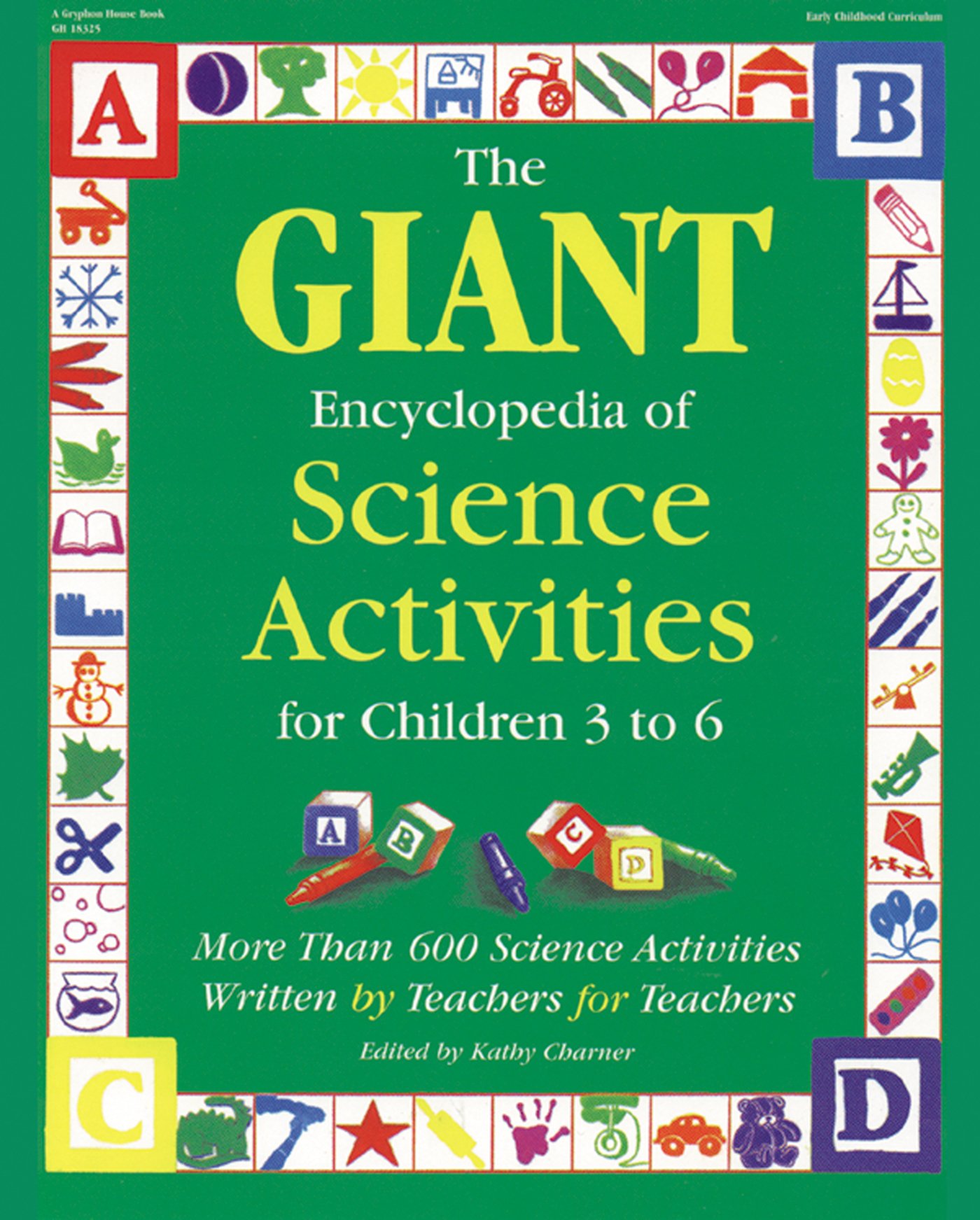Materials
Cardboard pattern to trace sea turtle and egg White drawing paper
Pencil Scissors
Black, white, brown, tan crayons Pre-cut strip of white paper,White glue 1" x 8" (2.5 cm x 20 cm)
Instructions
1. Compare sea turtles, tortoises or land turtles and all kinds of freshwater turtles, such as Box Turtle, Snapping Turtle, Painted Turtle, Mud Turtle and the Spiny Soft-shell Turtle. Use the word "terrapin." This word refers to any kind of freshwater turtle. Use the word "carnivore," which is a meat-eating animal, such as the Snapping Turtle. All turtles have shells attached to their bodies. Turtles are reptiles and range in color from bright green to dark brown; some have colored spots, streaks or borders. Sea turtles' front legs are really flippers to help them swim. All female sea turtles lay their eggs in the beach sand and never see them hatch. The eggs are about the size of a ping pong ball and the female lays about 100 of them at a time.
2. Help the children make their own hatching sea turtle. Trace the shape of the sea turtle on cardboard and on white paper and cut them both out.
3. Now trace a large egg shape on the folded white paper and cut out the double egg, but do not cut on the fold.
4. Draw crack lines on the top side of the egg with a pencil. Open the egg up and cut the crack lines on the top side only.
5. Draw an oval on the turtle's back with a pencil and color it to look like the turtle's shell. Also draw and crayon the turtle's eye, mouth and folded skin lines.
6. Accordion fold the 1" white paper strip and glue it to the inside center of the egg. Now glue the sea turtle to the last fold of the strip so that the head faces downward and the larger fin faces the bottom of the egg.
7. The sea turtle hatches by putting its head through the cracks in the top egg and then emerging altogether through the cracks. Children enjoy making the turtle hatch over and over again.More to doArt: Make sea turtles out of clay or playdough.Field trip: Visit a sea aquarium.Math: Compare sizes of various turtles. Use pictures or paper cutout shapes of varying sizes.More science: Find the ocean areas on a world globe where sea turtles probably live. Discuss why sea turtles are now an endangered species. How can we help protect them? Which turtles hibernate and where? Which kind of turtle lives in your area?Storytelling: Tell turtle or tortoise fables or stories such as "The Tortoise and the Hare." * Dramatize a favorite turtle story.
